I would like to ask your opinion regarding NMOS test-bench as a varactor (voltage control capacitor). I am trying to find the properties of Vg,W for achieving a \$200fF\$ capacitor.
Calculated \$C\$ using AC analysis, where
\$C = \frac{I}{(V*2*pi*f)}\$
\$I = NMOS-Gate\$ point
and
\$V = voltage\$ on gate net.
Is this correct?
question - we are looking for \$Cgs\$ here, so can I just take the value from Cadence "Results Browser"?


